A second list of cemeteries which will undergo restoration in light of an agreement reached by President Nikos Christodoulides and Turkish Cypriot leader Ersin Tatar at the enlarged meeting on the Cyprus problem which took place in March will soon be drawn up, bicommunal technical committee on cultural heritage co-chairman Sotos Ktoris said on Friday.
Speaking to the Cyprus News Agency, he confirmed that restoration work is currently underway at “a significant number of cemeteries”, and that there is currently a “very good and positive mood” on both sides with regard to the prospect of drawing up a new list.
Additionally, he said, work is “expected to proceed in the immediate future on all the cemeteries which were agreed upon in the first list”.
He stressed that the restoration of cemeteries is “a very important confidence-building measure which concerns a very sensitive issue with strong meaning and symbolism”, adding that this is “something that all sides understand”.
Asked what other projects his committee intends to undertake in the near future, he said tenders have been announced for “a series of important projects”, and that “restoration work on specific churches and mosques is expected to begin in the near future”.
Those specific mosques are in the Limassol district villages of Ayios Thomas and Koilani, while the churches are located in the Kyrenia district village of Sychari and the village of Syngrasis, near Trikomo.
Additionally, Ktoris said, plans to carry out restoration work at the Panayia Akentou church in Lefka have already been announced, with a tender having been put out.
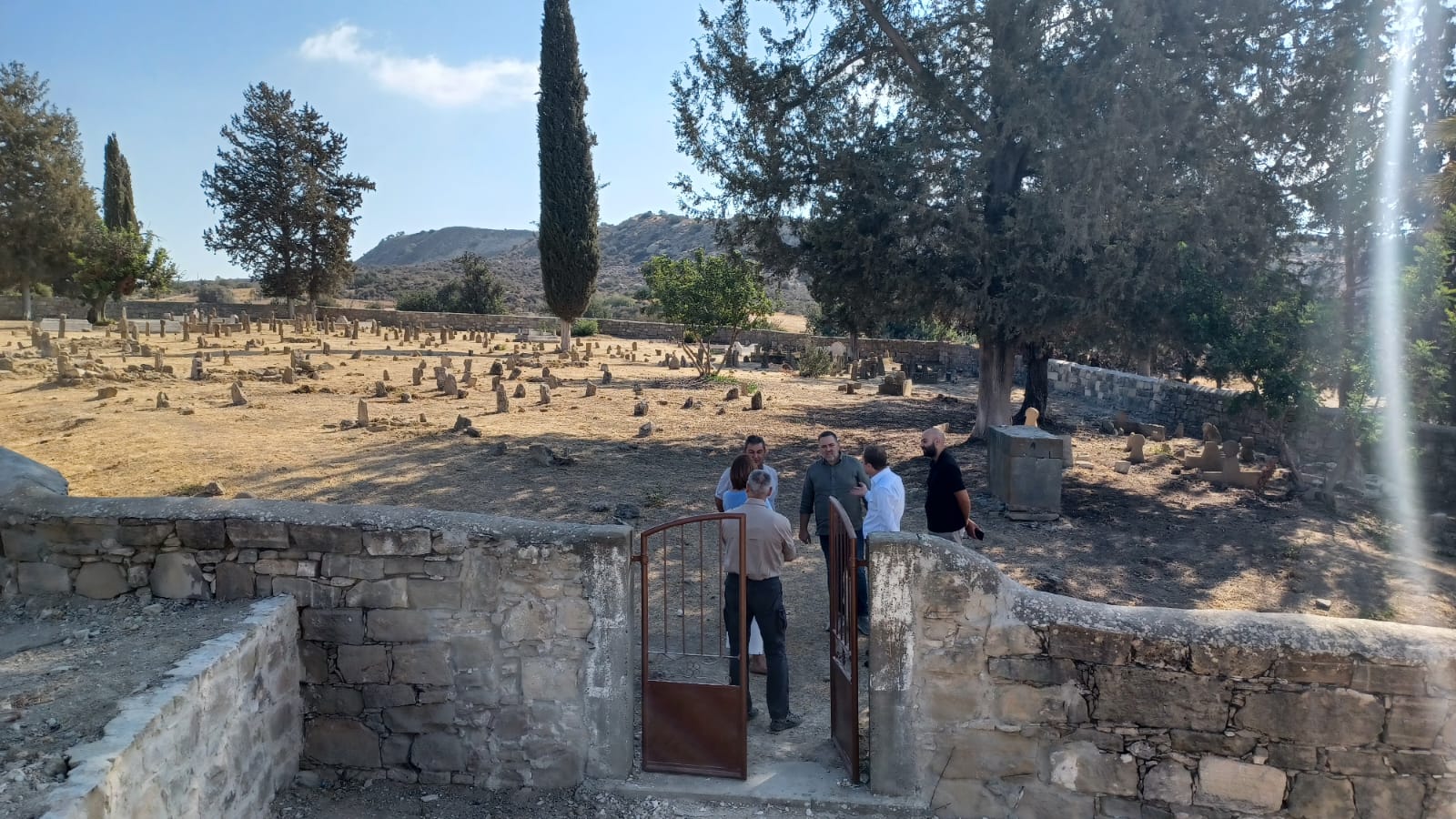
He added that work will begin “in the coming days” at the Panayia Phaneromeni church in the village of Gastria, near Trikomo, as well as at Saint George’s church in nearby Vokolida, while he said that “a significant number of architectural studies are underway for projects” which are expected to be included in the committee’s future programmes.
Ktoris’ comments come after United Nations envoy Maria Angela Holguin had on Wednesday, alongside him and his co-chairman Ali Tuncay, visited two cemeteries which have undergone restorations since the March enlarged meeting.
One of the cemeteries she visited was the Turkish Cypriot cemetery in the Larnaca district village of Tochni, while the other was the Greek Cypriot cemetery in the Nicosia district village of Palaikythro, which is located in the north.
After the visits, she said she was “greatly encouraged to hear directly” from both Ktoris and Tuncay “about the progress achieved in the restoration process of cemeteries”.
Palaikythro had historically been a mixed village, but its Turkish Cypriot population fled in 1964 to nearby villages, including Mora, Epicho, Knodara, Chatos, Kalyvakia, and Petra tou Digeni, leaving only its Greek Cypriot population behind.
After Turkey’s invasion of the island in 1974, the Greek Cypriot population fled southwards, and the village was repopulated with its original Turkish Cypriot population, displaced Turkish Cypriots from various parts of the south of the island, and Turkish nationals.
Tochni was the location of one of the starkest scenes of brutality during Cyprus’ intercommunal struggle, known as the Tochni massacre, in which Turkish Cypriot men and boys from the village being rounded up and shot dead with automatic rifles on August 14, 1974, amid the second wave of Turkey’s invasion of the north of the island.
The men and boys, alongside inhabitants of the nearby villages of Mari and Zygi, were taken to Palodia, where they were lined up and shot, before being buried in a makeshift mass grave. In total, 84 people were killed.
Former foreign minister Erato Kozakou-Markoullis publicly apologised to the Turkish Cypriot community for the massacre in 2016, following the funeral of 33 Turkish Cypriot Tochni residents whose remains had been identified by the Committee on Missing Persons.
“I feel the need to express a sincere public apology to our Turkish Cypriot compatriots for the horrific crimes committed on August 14, 1974 by Eoka B extremists against 126 women and children in the villages of Aloa, Maratha and Sandalaris, and 85 civilian men, including a boy of 12 years from the village of Tochni,” Markoullis said.
Markoullis faced backlash for her apology but defended her statement to the Cyprus Mail shortly afterwards.
“I have always felt this way. Today I have the ability, now that I am fully independent, to express my opinion,” she told the Cyprus Mail.

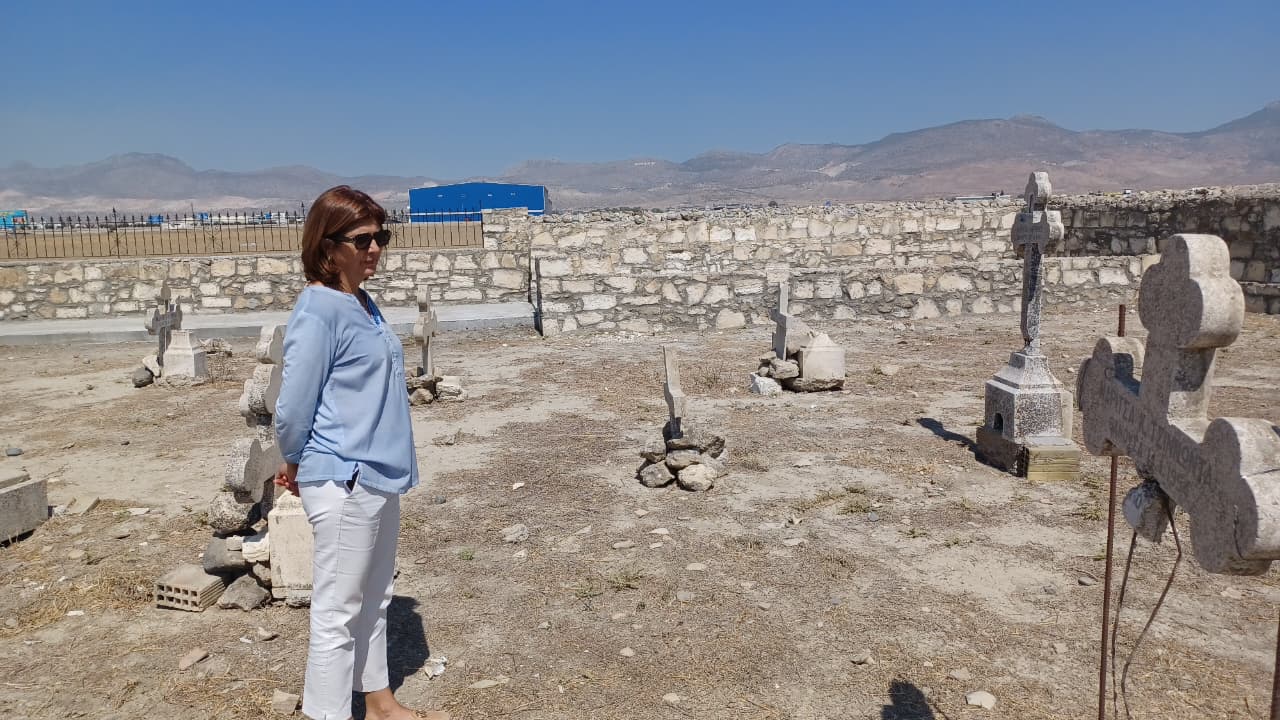
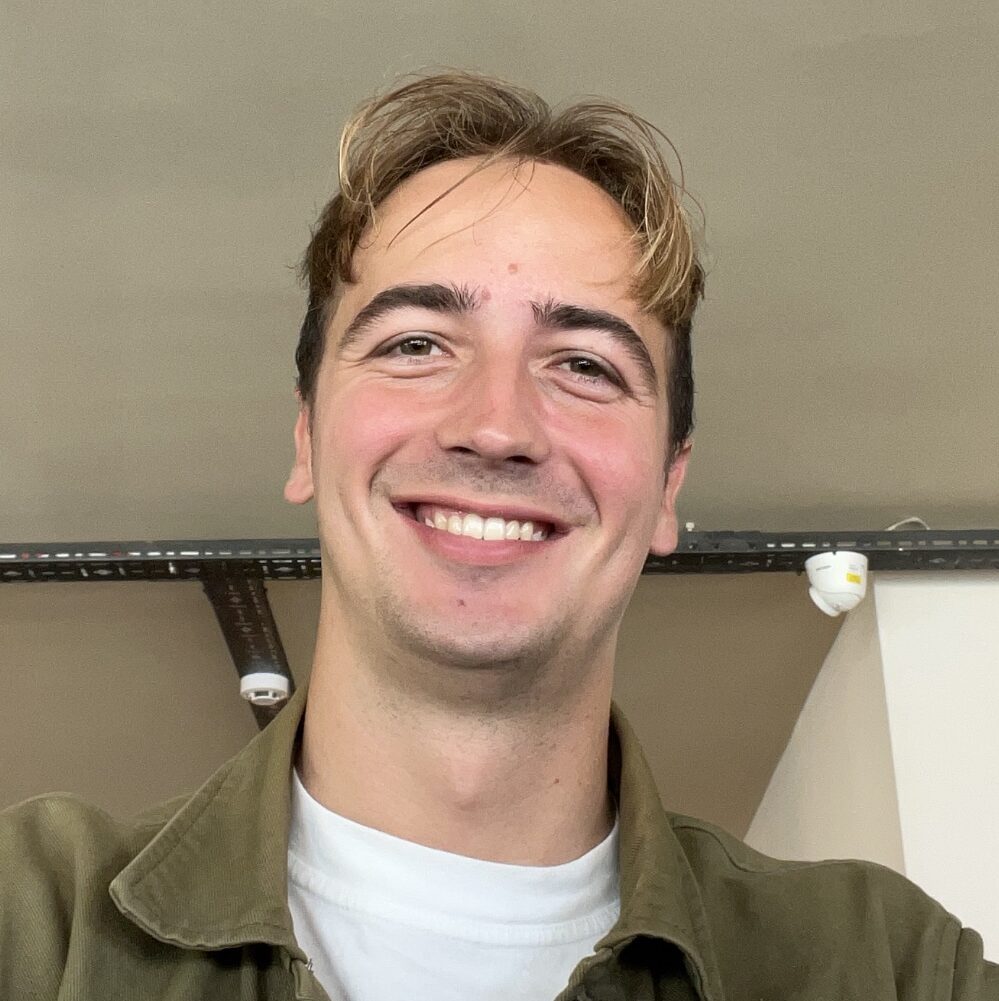

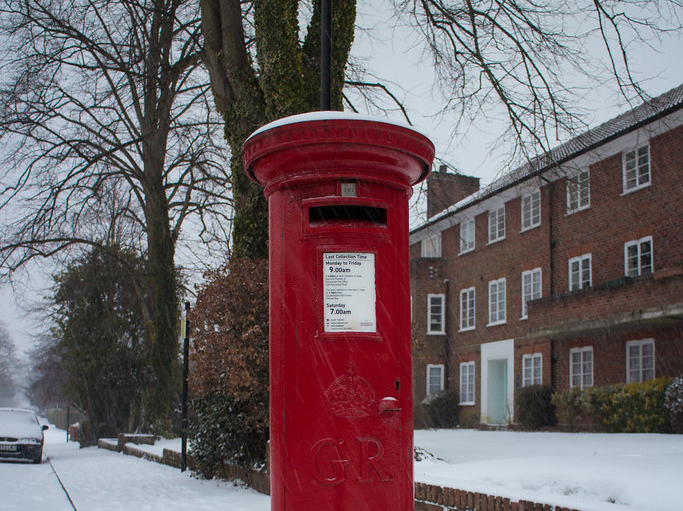
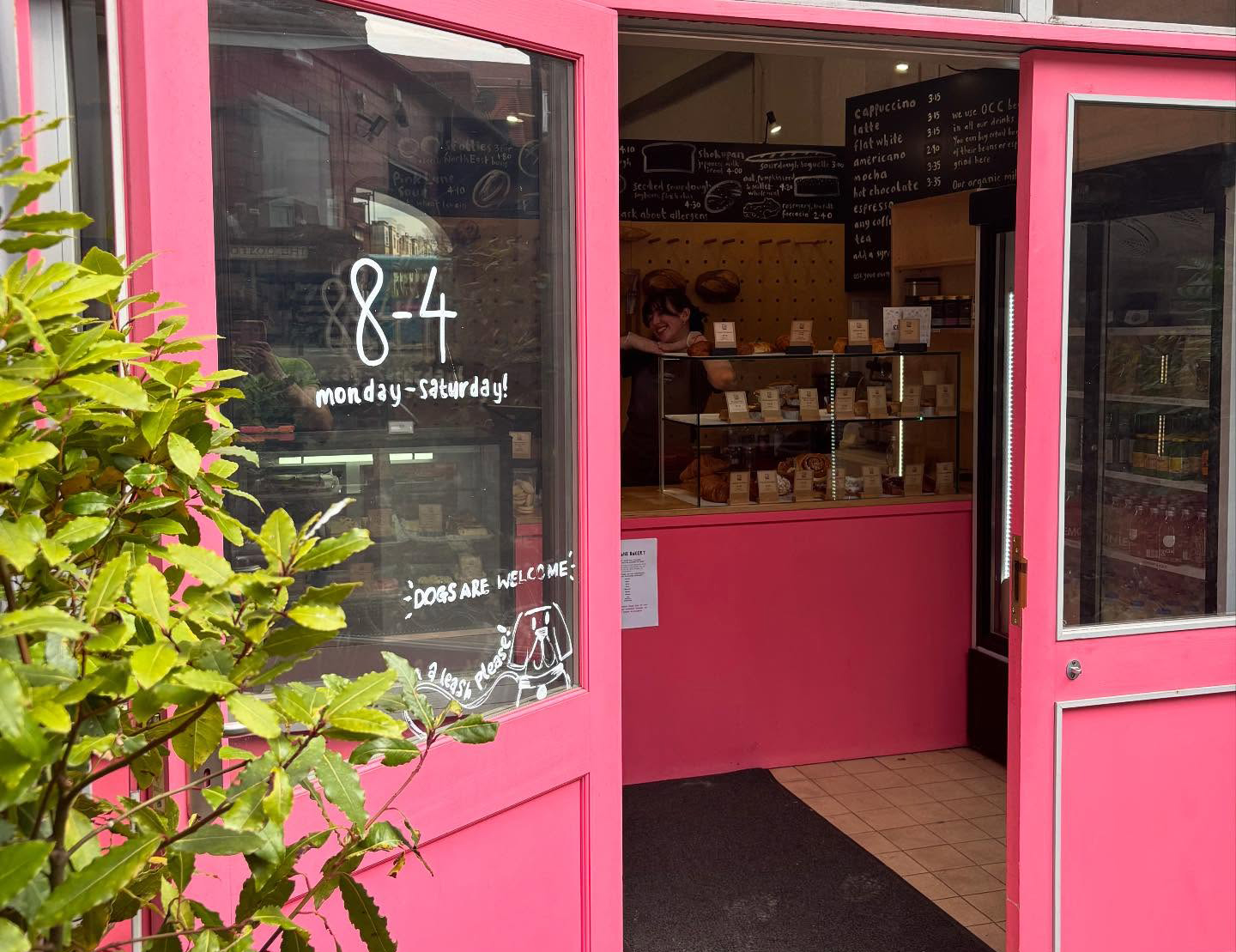
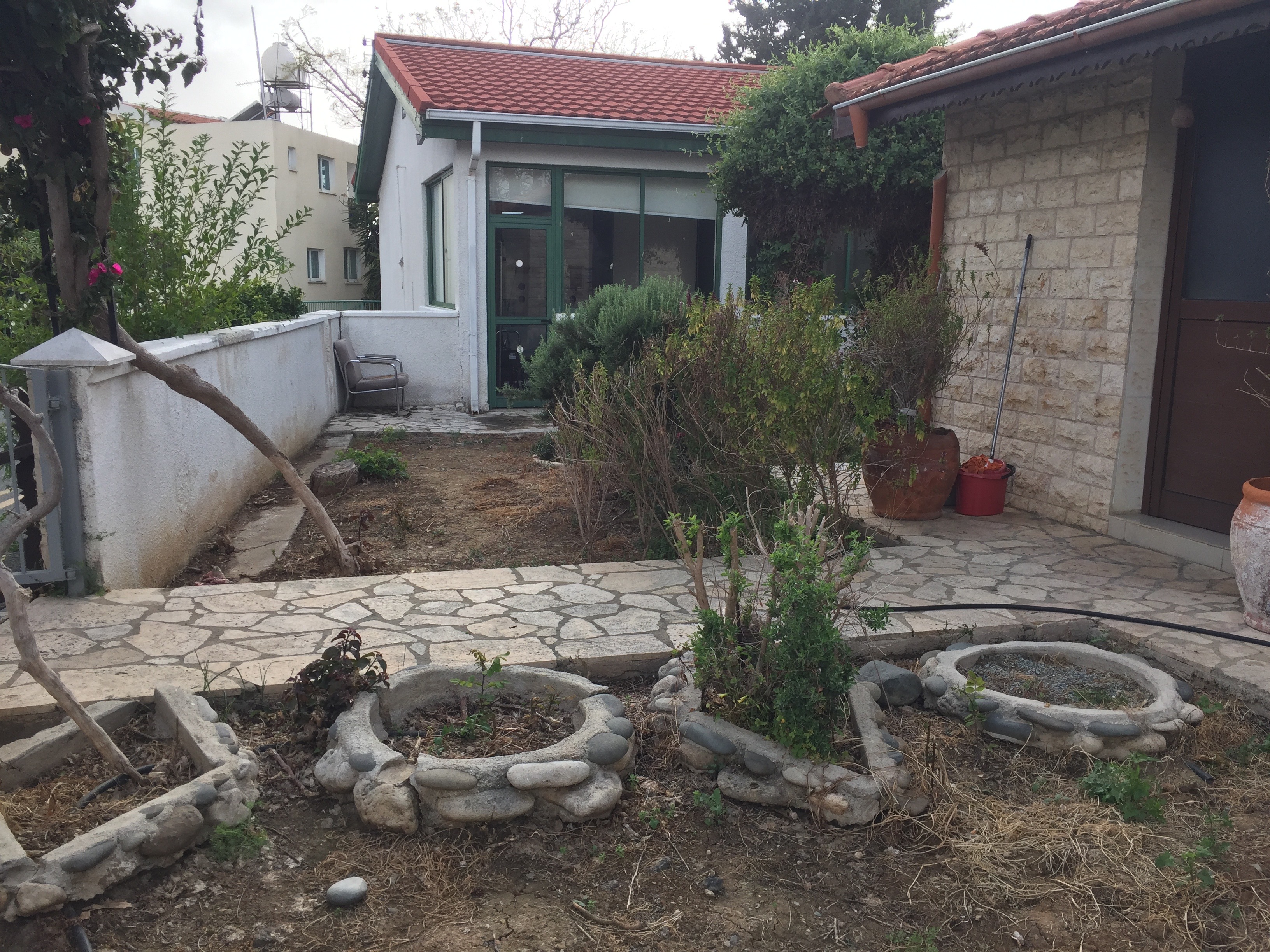
Click here to change your cookie preferences